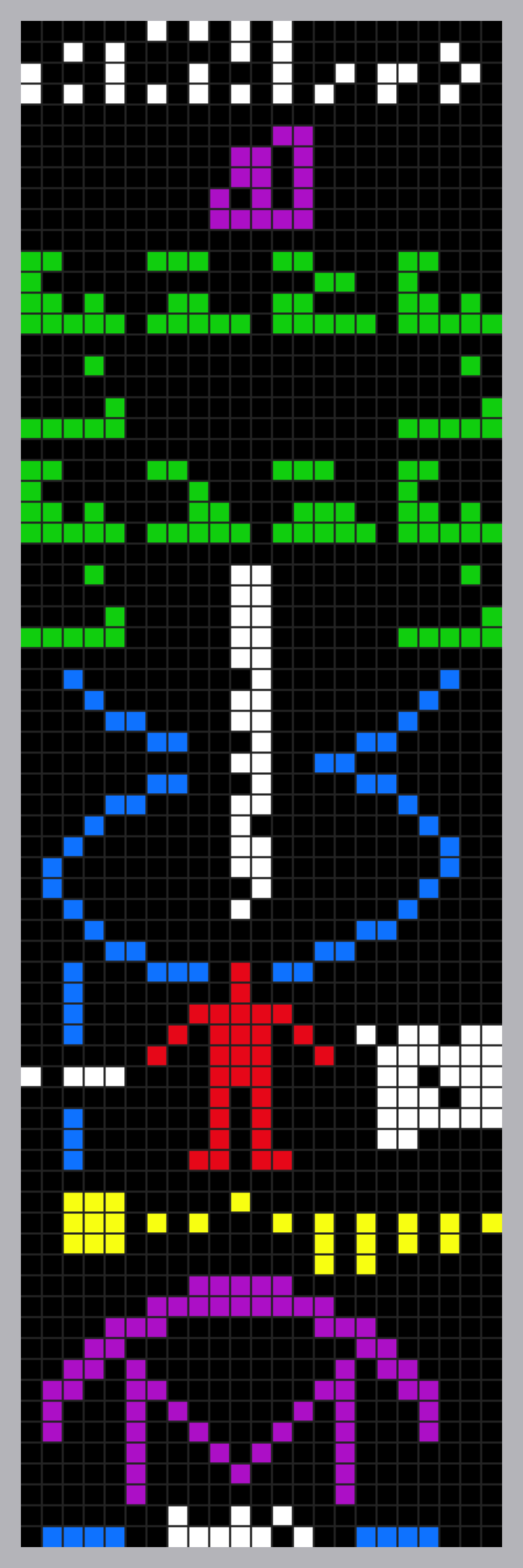Understanding Alien Communication: Challenges and Possibilities
Written on
Chapter 1: The Signal from Space
You find yourself at the Allen Telescope Array, located at the Hat Creek Radio Observatory in Northern California, after a long day of observations. As you prepare to wrap up, you decide to analyze the latest data with your custom code meant to identify any anomalies.
Suddenly, you detect a signal that defies all previous experiences.
While many may hastily conclude that it is of extraterrestrial origin, your scientific training cautions you against jumping to such conclusions. Nonetheless, this signal is extraordinarily peculiar. You call a colleague to join you for what promises to be a lengthy investigation.
You systematically rule out various sources:
Is it a fast radio burst? A pulsar? A quasar?
Yet, the signal’s complexity and periodicity suggest it is not a natural phenomenon. It is too intricate for a mere spinning neutron star or a black hole.
The universe is teeming with bizarre entities and phenomena that challenge our understanding. As Sherlock Holmes would say, once the impossible has been eliminated, whatever remains, no matter how improbable, must be the truth…
It could be aliens.
News of this discovery spreads rapidly, and the data is disseminated among global researchers. However, despite exhaustive analysis, the signal remains an enigma.
Months pass, and skepticism grows among scientists regarding the possibility of deciphering the message. While many focus on how to decode the signal, you ponder a different question:
Can we even comprehend the message?

Chapter 1.1: The Complexity of Translation
Translating a message from an unfamiliar language can be challenging, yet feasible. With effort, individuals can decode a variety of messages from different cultures with a notable degree of accuracy.
While mistranslations and lost nuances may occur, the universality of human experiences—such as eating, sleeping, and understanding natural phenomena—provides a shared foundation for communication.
However, the same cannot be assumed for extraterrestrial beings.
While it's conceivable that aliens may share some similarities with us, it is far more likely that they exist in forms and behaviors that are beyond our comprehension.
The archetypal "green men" of science fiction mislead us into thinking aliens may share common traits with humans, but there is no reason to assume they even perceive colors or concepts akin to masculinity.
Aliens might possess radically different biological structures and chemical compositions. This only scratches the surface of the complexities introduced by their environments, cultures, and societal frameworks.
Without shared conceptual frameworks, mapping an alien term to a human one becomes a Herculean task. Effective communication relies on mutual understanding of ideas. As we delve into more intricate concepts, we layer meanings that depend on accepted references.
Consider a simple statement: "It seems to be raining outside—today might be a long one!"
In just 13 words, various ideas are conveyed, but how easily can these be understood without shared context? For example, grasping concepts such as sight, weather patterns, and the significance of a day require a common frame of reference.
Naturally, we might turn to universal physical laws to find common ground. Indeed, the Arecibo Message sent toward Messier 13 in 1974 included the atomic numbers of DNA’s constituent elements, while Voyager’s golden record featured an illustration of hydrogen as a fundamental reference.
Yet, deciphering an alien message is likely to necessitate more than a grasp of shared physical laws, which we assume to be consistent throughout the universe. Additionally, who can assert that advanced extraterrestrial beings do not possess superior, unimagined forms of communication?
Chapter 1.2: The Nature of Alien Communication
Having considered what aliens might communicate, we must now explore how they might convey their messages.
We might naïvely presume that any signal will be sent in a universally recognizable format, like binary. However, this assumption is based on human-centric perspectives.
For extraterrestrial beings, the method of conveying information might involve processes that we cannot even conceive. The signal might suggest constructing, growing, or discovering a means of communication.
It could also require transformation into two or three-dimensional vibrations, or perhaps even specific scents—approaches that may seem foreign to us but could be intuitive to beings across the cosmos.
Moreover, even if we manage to decode such a message, understanding its content remains a significant hurdle.
It is hopeful to think that an alien signal might originate from a civilization at a similar intellectual level as ours, but this is improbable. For instance, dogs demonstrate remarkable intelligence compared to many animals, yet they struggle to grasp concepts like the atomic structure of hydrogen.
Human intelligence is shaped by evolutionary processes, and it is conceivable that there are ideas forever out of our reach due to biological limitations.
Even if we are not biologically limited, it is unlikely that our alien counterparts would be at the same stage of intellectual growth. A few centuries of scientific advancement or shifts in focus from conflict to knowledge could create a vast chasm in understanding.
When we finally receive the first incontrovertible evidence of extraterrestrial intelligence, our journey will be just beginning. The question remains: what further obstacles will we face in communicating with distant civilizations?
As we stand on the brink of potential contact with alien life, the imperative to prepare for meaningful communication begins now.
In the video "Alien Contact: What Happens Next?", experts discuss the implications and steps to take following the detection of signals from extraterrestrial sources.
"What Do Aliens Look Like?" explores the potential diversity of alien life forms and the challenges of visualizing beings that might exist beyond our understanding.